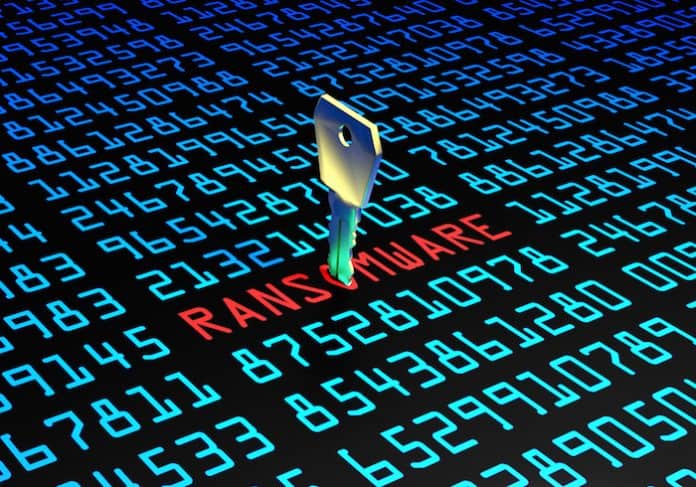
@ShahidNShah


The ransomware industry has displayed resilience and determination. Hacktivists and nation-state actors are drawn to the disruption it can cause. Cybercriminals are drawn to the profits it can bring in, especially for public health records which can sell for up to $1,000 each on the dark web. In a survey of healthcare IT workers by SOPHOS earlier this year, a third reported they had been hit by ransomware attacks. The bill paid by healthcare providers for a ransomware attack is staggering.
We can make some assumptions about factors that are causing the steady increase in ransomware attacks: the emergence of “ransomware-as-a-service” platforms; the rapid inflation of cryptocurrency prices is a boon to attackers as bitcoin is used for most ransom payments; healthcare facilities have been overburdened and distracted by the COVID-19 pandemic; tensions between countries has spurred a rise in cyber warfare and criminals internationally.
Continue reading at healthcarebusinesstoday.com
The next step in the evolution of interoperability will involve examining data flows in digital healthcare, according to panelists at the American Telemedicine Association's annual conference. This …
Connecting innovation decision makers to authoritative information, institutions, people and insights.
Medigy accurately delivers healthcare and technology information, news and insight from around the world.
Medigy surfaces the world's best crowdsourced health tech offerings with social interactions and peer reviews.
© 2025 Netspective Foundation, Inc. All Rights Reserved.
Built on Apr 25, 2025 at 12:44pm